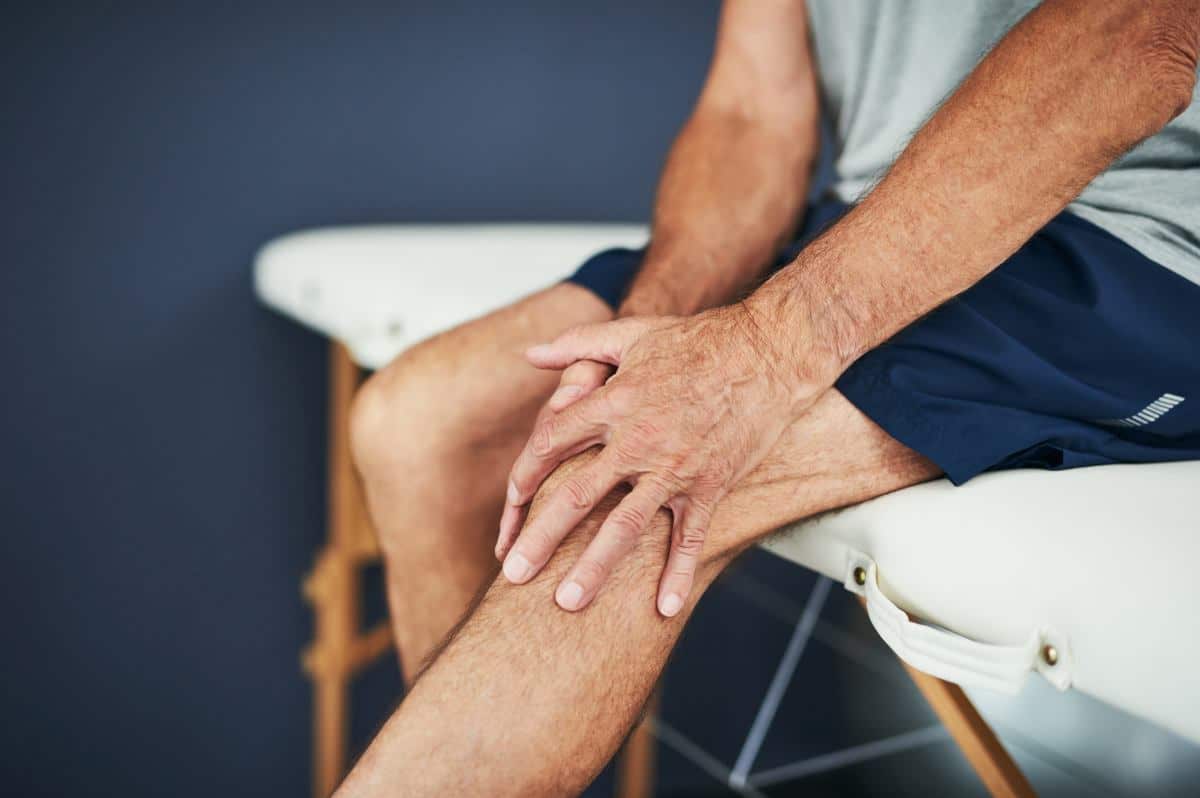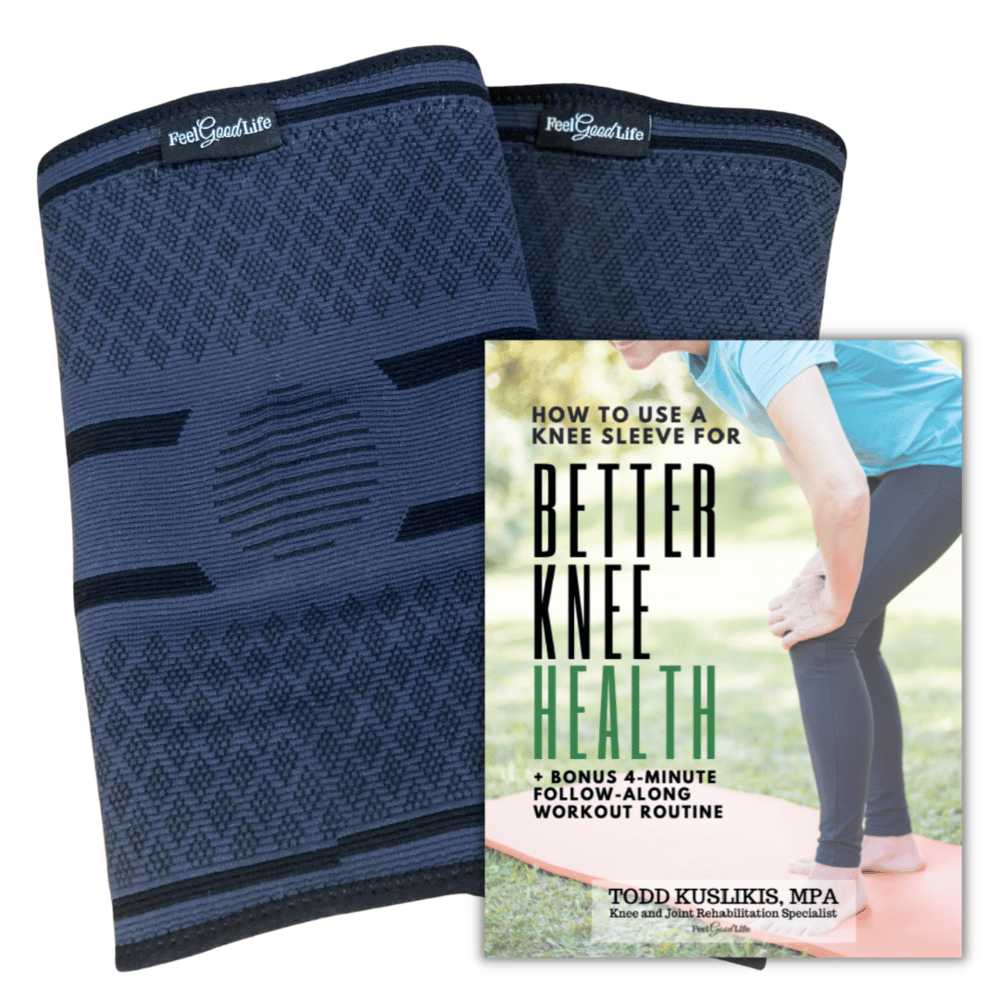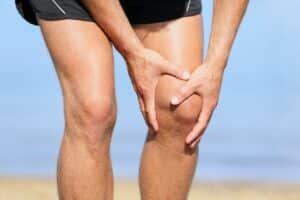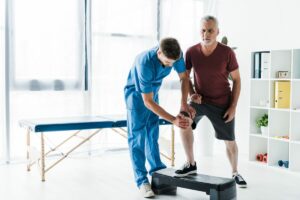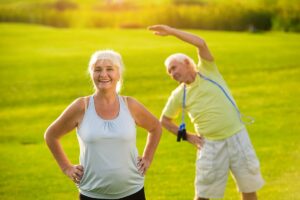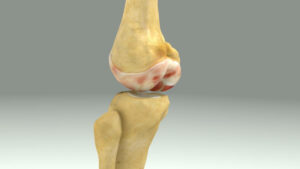Free download: Top 10 Natural & Easy Remedies for Joint Pain from Home. Learn these helpful remedies.
Estimated Reading Time: 5 minutes read
Knee pain is a typical problem that can significantly impact your quality of life, especially as you age. Various factors, such as overuse, injury, or arthritis, can cause it.
Proper management is critical to reducing pain and maintaining mobility, which is especially important for seniors who may have more difficulty with daily activities due to mobility issues.
Here are a few dos and don’ts that you need to keep in mind if you’re experiencing knee pain as an older adult:
Do’s
1. Rest the knee
One of the essential things you can do if you’re experiencing knee pain is to rest the affected joint. Avoid activities that strain the knee, such as running or jumping. It’s also a good idea to take frequent breaks if you have to be on your feet for long periods of time.
2. Apply ice to the affected area
Ice can help reduce inflammation and numb the area, providing temporary relief. To use ice, wrap it in a towel and place it on the affected area for 15-20 minutes at a time, several times a day.
3. Wear appropriate shoes
Wear shoes with high cushioning and arch support to lessen the impact on your knees. Avoid high heels or shoes with insufficient clearance, as these can put extra strain on your knees.
4. Stretch and strengthen the muscles around the knee
Strong muscles can help support the knee and remove some of the strain. Stretching and strengthening exercises, such as leg presses and calf raises, can help improve the stability and strength of the muscles around the knee. These exercises can be done in a chair or standing, depending on your comfort and mobility level.
5. Maintain a healthy weight
Excess weight can put extra strain on your knees and worsen knee pain. Maintaining a healthy weight can help reduce the stress on your knees and improve your overall joint health.
6. Use assistive devices
If you have difficulty walking or standing due to knee pain, consider using assistive devices like a cane or walker. These devices can help reduce the load on your knees and improve your balance.
7. Try low-impact exercises
Low-impact exercises like yoga, Pilates, or water aerobics can be beneficial for seniors with knee pain. These exercises can improve flexibility, strengthen the muscles around the knee, and reduce joint stress.
8. Use heat therapy
Applying heat to the affected area can help reduce muscle tension and alleviate knee pain. You can use a warm towel, heating pad, or take a warm bath to provide relief.
9. Consider using knee compression sleeves
Knee compression sleeves can provide support and help alleviate knee pain by reducing swelling and inflammation. They can also improve circulation and promote healing. Talk to your doctor or physical therapist to see if knee compression sleeves are right for you.
Special Offer: We Support Your Knees With Our Buy 1 Get 1 FREE Offer
If you’re interested in purchasing knee compression sleeves, there are many options available online or at your local sports store. Our Feel Good Life Knee Compression Sleeves for knee relief are now available with a Buy 1 Get 1 FREE offer. We’re proud to support your knees with our high-quality product. Click below to see how you can purchase one today.
Don’ts
1. Don’t ignore the pain
Knee pain is your body’s way of telling you something is wrong. Ignoring it can lead to further damage. If you’re experiencing knee pain, it’s essential to take steps to manage it and seek medical attention if necessary.
2. Don’t overuse the knee
Avoid activities that strain the knee, such as running or jumping. Take breaks and switch to low-impact activities, such as swimming or cycling, if necessary.
3. Don’t engage in high-impact activities
High-impact activities, such as running or jumping, can strain the knee excessively, making the pain worse. Stick to low-impact activities instead.
4. Don’t wear shoes with worn-out or insufficient support
Wearing shoes with poor support can put extra strain on your knees. Make sure you have good-quality shoes with adequate cushioning and arch support.
5. Don’t smoke
Smoking can increase the risk of developing knee osteoarthritis and can worsen knee pain. Quitting smoking can improve your overall health and reduce knee pain.
6. Don’t ignore flexibility
Maintaining flexibility is essential for knee health. Don’t neglect stretching and range-of-motion exercises as they can improve joint flexibility and reduce knee pain.
7. Don’t forget to rest and recover
Overuse can aggravate knee pain and lead to further injury. Make sure to take breaks and rest when needed, especially after strenuous activities.
When to see a doctor?
If you’re experiencing severe or persistent pain, swelling, or redness in your knee or have difficulty bearing weight on the affected leg, it’s essential to see a doctor. They can assess your condition and recommend the appropriate treatment.
Conclusion
As an older adult, taking care of your knee health is essential to maintain mobility and independence. Proper self-management is key to reducing knee pain and maintaining mobility.
Remember to rest the knee, apply ice, wear appropriate shoes, and stretch and strengthen the muscles around the knee.
Avoid ignoring the pain, overusing the knee, engaging in high-impact activities, and wearing shoes with worn-out or insufficient support.
Don’t hesitate to seek medical attention if your knee pain is severe or persistent.


